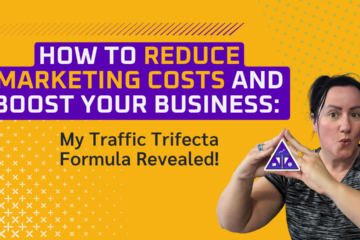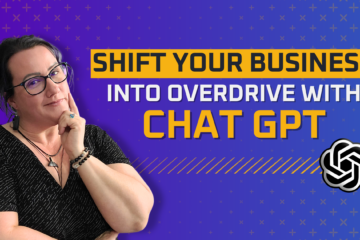How Do I Learn About Digital Storytelling? Digital Storytelling in 6 Steps
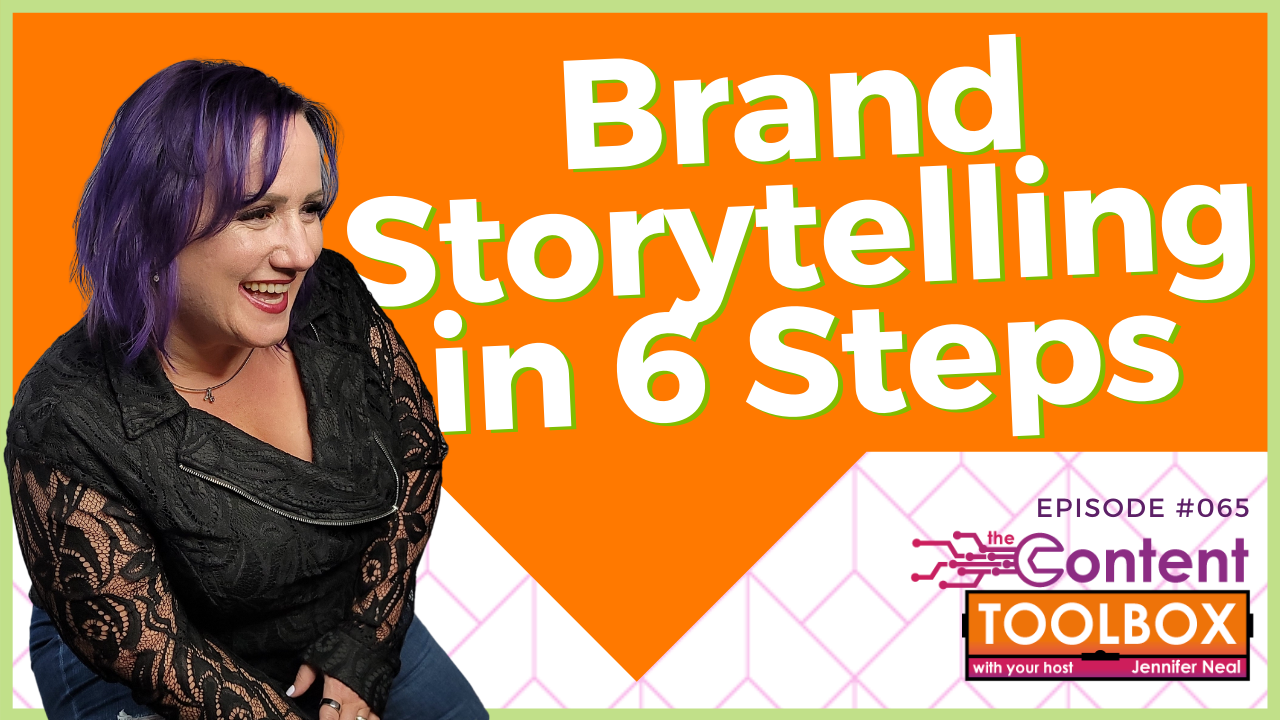
Are you wondering, “how do I learn about digital storytelling?” You can learn the basics of digital storytelling in six steps.
Quick Links:
- TIP: How to learn about digital storytelling [Infographic Download]
- Episode Overview -Brand Storytelling in 6 Steps – Brand Storytelling Examples to Sell and Build Your Business
- Personal Note from Jenn Neal on how to learn about digital storytelling
- Episode audio [Podcast on Spotify]
- Blog Post -Digital Storytelling in 6 Steps
- Related Posts
TIP: How to learn about digital storytelling
Time needed: 5 minutes
TIP: How to Use Digital Storytelling or Brand Stories in Your Business
- Which emotions are tied to your product or service
– what do the results elicit
- What kind of story are you going to tell
– triumph, conflict, origin, inspiration…
- How are you going to tell the story and what tools
– video, infographic, ebook…
- Create your story and share with your audience
– what resonates and doesn’t – tweak your story and tell again, repeat…
- Looking for a recommended website, course or book?
Check out smartercontentformula.com
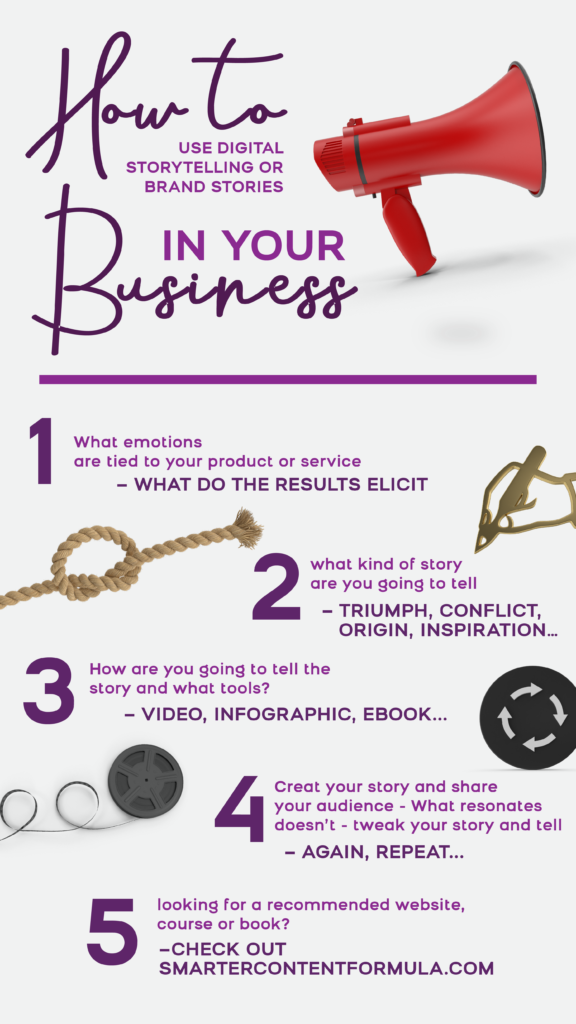
What’s In This Episode
What is digital storytelling and what are some examples of using it in business? Storytelling techniques are the same whether you’re talking about yourself or your brand. The key is to use storytelling in your marketing, while relating to your customers and prospects through story. I share my 6 steps guaranteed to help you craft stories for your business and examples of brand storytelling and marketing storytelling.
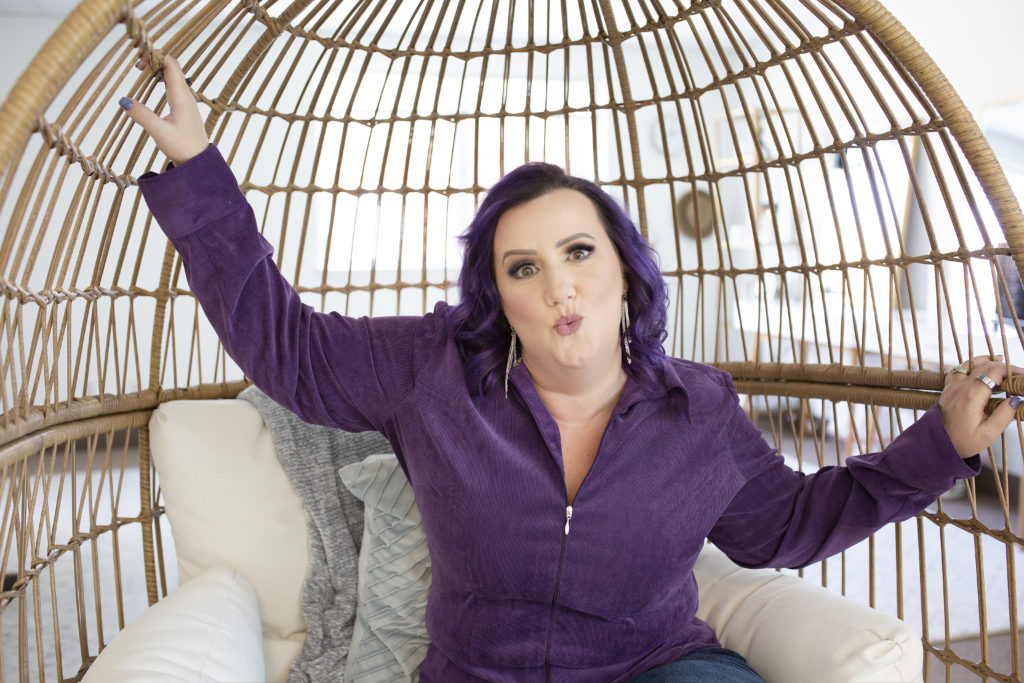
Jenn Neal on how to learn about digital storytelling
Remember to start at the beginning. I know, sounds totally like DUH, but many of us sometimes forget about going one step a time, in order to keep things working.
-Jenn Neal
Think about one of your favorite mentors.
What would it mean if you could learn directly from that person – and share what you are learning with your audience?
This is the power of an online summit or virtual event.
Selfishly, you get just as much or more out of it than the attendees do.
I knew I wanted to put together a series of virtual events covering the importance of content marketing. But… putting it together was even more difficult than I thought.
Not because of all of the work that goes in behind the scenes (though that is a lot also!)
But because when I was looking at all of the amazing mentors I had, I wanted to take advantage of so many smart brains and it was tough to narrow down the list!
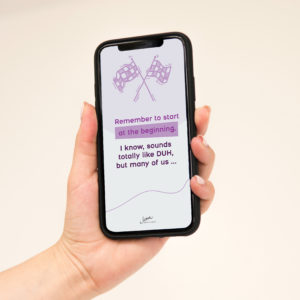
Ultimately, I decided to start at the beginning.
I know, sounds totally like DUH.
But really, what is the point of creating a bunch of content if it’s not good? If it doesn’t engage?
So naturally, I wanted to start at the core. At how to tell a good story.
Because everything else comes from there.
So – I put together the first virtual event for Smarter Content Formula – the Storytelling track.
It was epic. We had 12 top experts sharing how to tell a story and lead it to conversion.
Missed it? No problem – we have packaged this up into the ultimate digital storytelling website. We include a book featuring the experts, workbooks, a course with all of the expert content, and secret audio files that weren’t even shared at the event.
Grab your copy at smartercontentformula.com
Digital Storytelling in 6 Steps
What is digital storytelling? Throughout human history, telling stories has been how people connect with other people. Likewise, digital storytelling is telling stories using digital tools.
Certainly you’re wondering why you should tell stories in business? In short, telling stories instead of pushing sales is the way to build relationships. When it comes to doing business online, it’s how you build brand trust.
Digital storytelling helps you reach more people and build a personal and emotional connection. This connection creates a relationship with your audience. As a result, your audience will want to share your content.
Maybe you’re wondering, “how do I learn about digital storytelling?” You can start here with these six steps.
1. Determine What Makes Your Brand Stand Out
When you’re thinking about digital storytelling, ask questions. Consider the things that your company does well. What makes your people, services, and products stand out?
Is there something specific that matters to your brand?
Maybe your business creates environmentally friendly products or gives back to the community in some way. Telling your brand story will convey this message to your audience.
Stories allow you to talk about your company, its products, services, and the people that make up your team. How you conduct business, and your company values are what make it unique. Great marketing storytelling allows you to share information with your audience and lets them get to know your company.
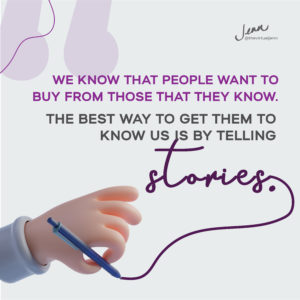
We know that people want to buy from those that they know. The best way to get them to know us is by telling stories.
2. Think About the End Goal
Think about the end goal. Where is your audience on their customer journey? Are they just starting their search? Or are they ready to finalize decisions?
The story you tell should relate to where they are in the process. Think about how you can meet customers where they are and dig down to the core motivation surrounding a product or service.
So, what types of stories do you want to tell? First, you need to determine what emotions motivate your customers to look for products and services like yours. Do they need help understanding the product?
What obstacles might they face? How does that make them feel, and how can your company help them?
Whether it’s an informative blog post, a how-to video, or a podcast with industry professionals, digital storytelling should take the audience through those emotions and ultimately offer a solution.
3. Pick a Format
Engaging content helps you reach more people online. Not only that, but digital tools provide you with different ways to tell stories. Posting an educational blog post illustrates that you care about your customers’ success.
Plus, you can repurpose your content in several different formats to reach even more people. Now more than ever, you can connect with people via the media that they prefer.
For example, digital storytelling in the form of blog posts and articles help you connect with people who like to read. A podcast like The Content Toolbox can reach people who prefer to listen. And memes, infographics, and videos engage your audience who enjoy looking at pictures.
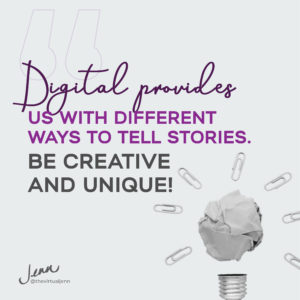
4. Use the Hero’s Journey in Digital Storytelling
We get invested in a movie or story because it has a great hero. Also, because of the details the storyteller puts into developing the character and plot. The more we relate to the hero, the more emotional we get about their journey.
It’s the familiar details that connect people. In digital storytelling for a business, the hero is your customer. So, dig down to that core emotion to tell a story related to their experience as a consumer.
The hero’s journey is about search and transformation. Digital storytelling considers the stages of the customer’s journey and uses that to develop a storyline.
Your customer is the hero in the awareness, consideration, or decision stage of their journey. They should be able to picture themselves in the story and feel the connection.
That’s the whole point. In order to convey and transfer that emotion so your audience takes it on. Your audience should feel that “oh, you’ve been in my shoes before. If you could do it, I can do that, too” feeling. This builds a bridge to your product and service.
5. Provide a solution
In the awareness stage, your content should provide a solution to an online search. The consideration stage is an opportunity to highlight product features, customer service, and company values.
Finally, the decision stage is the point when digital storytelling transitions to sales. At this point, your audience should trust your brand enough to look to you for a solution. Make sure your content leads to a landing page where your customers find that solution.
Digital storytelling has a conclusion, just like fiction. However, in a business the call to action is the end. It’s a straightforward message urging the audience to take action.
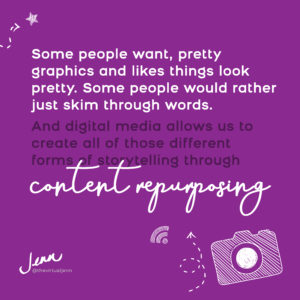
6. Learn More About Digital Storytelling
If you’ve asked yourself, “how do I learn about digital storytelling,” you’ve taken the first step.
Are you ready for more? Then buckle up. It’s go time. Why not become part of the community?
Follow my podcast, read my blog, and check out my workshops to learn more.
Related Posts
How to Use Storytelling Techniques to Boost Your Online Business
